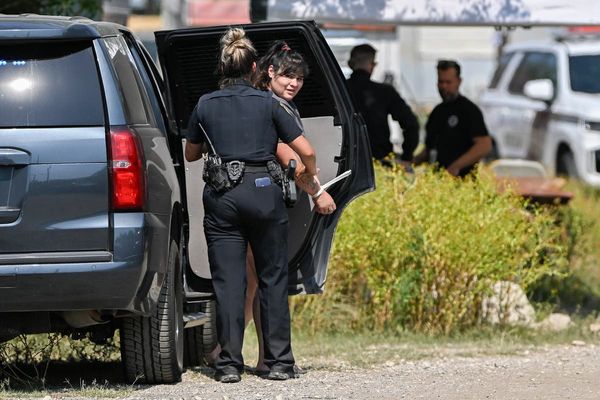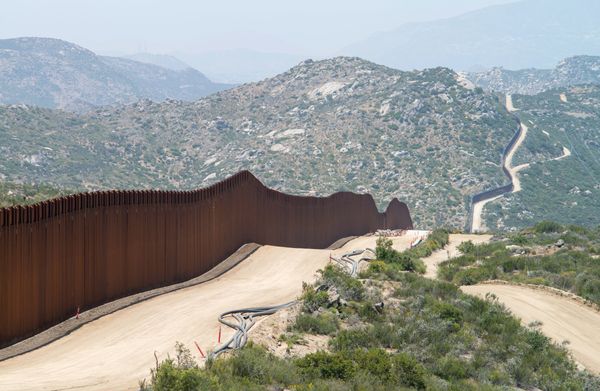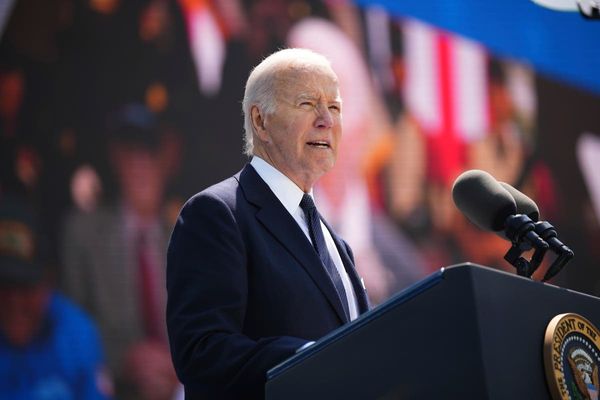The Himalayan State of Sikkim can boast of many uniqueness such as first organic State or the State that had the longest serving chief minister or the first region to get annexed to India through a referendum, it is also the only State to have a constituency that does not have a geographic boundary.
Sangha is one of 32 constituencies in Sikkim Assembly but it does not exist on the map. In this ‘virtual’ constituency, the contestants and the voters are Buddhists monks and nuns. It is the only constituency in the country reserved for the Sanghas, a monastic community.
There are a total of 2,881 Sangha voters which includes both Monks and Anis (Nuns) from the State’s 111 recognised monasteries, according to Sikkim Chief Electoral Officer’s website. To preserve the distinct identity of Sangha, only registered Monks/Nuns can contest the Sangha seat.
Sangha electors live anywhere in the the four mountain districts of the State. They vote in the same polling station as other electorates but are provided with a separate electronic voting machine. For example, a Sangha voter living in the capital Gangtok will be voting using a separate EVM available in the polling station assigned to them.
The booth-level officers of the polling stations are responsible for registering the Sangha voter.
Political parties too ensure a Sangha is their candidate for this seat. Sonam Lama of Sikkim Krantikari Morcha was elected from Sangha seat in 2014 and 2019. In an interview to The Hindu in 2014, Mr. Lama said that the seat draws its origin from hundreds of years of tradition.
The Kingdom of Sikkim was ruled by the Namgyal monarchy since the 17th century. The ruler, the Buddhist-priest king was called Chogyal or the “righteous ruler”. Palden Thondup Namgyal was the last king of Sikkim, before the princely state was annexed to the Republic of India in 1975 through a referendum.
Prior to the referendum, on May 8, 1973, a tripartite agreement was executed amongst the Chogyal of Sikkim, India’s Foreign Secretary and the leaders of Sikkim’s political parties, which led to the Royal Proclamation called the Representation of Sikkim Subjects Act, 1974, issued by the Ruler of’ Sikkim. The proclamation directed the formation of the Sikkim Legislative Assembly comprising 31 elected members from physical constituencies and one through electoral college of Sangha monks.
At the time of annexure, the Indian Constitution was amended to include Article 371(F) that grants special provisions with respect to the State of Sikkim. The Article ensured the continuance of the Sangha seat, exclusively for the monks, 12 seats reserved for Bhutia-Lepcha community, and two for the Scheduled Castes.
The ‘virtual’ constituency was challenged in the Supreme Court, but a six-member Bench also comprising the then Chief Justice L.M. Sharma dismissed the plea on a 5-1 majority judgment on February 10, 1993. The top court held Sangha was not just a religious institution but Sikkim literature show that the Sangha had played an important role in the political and social life of the Sikkimese people.







